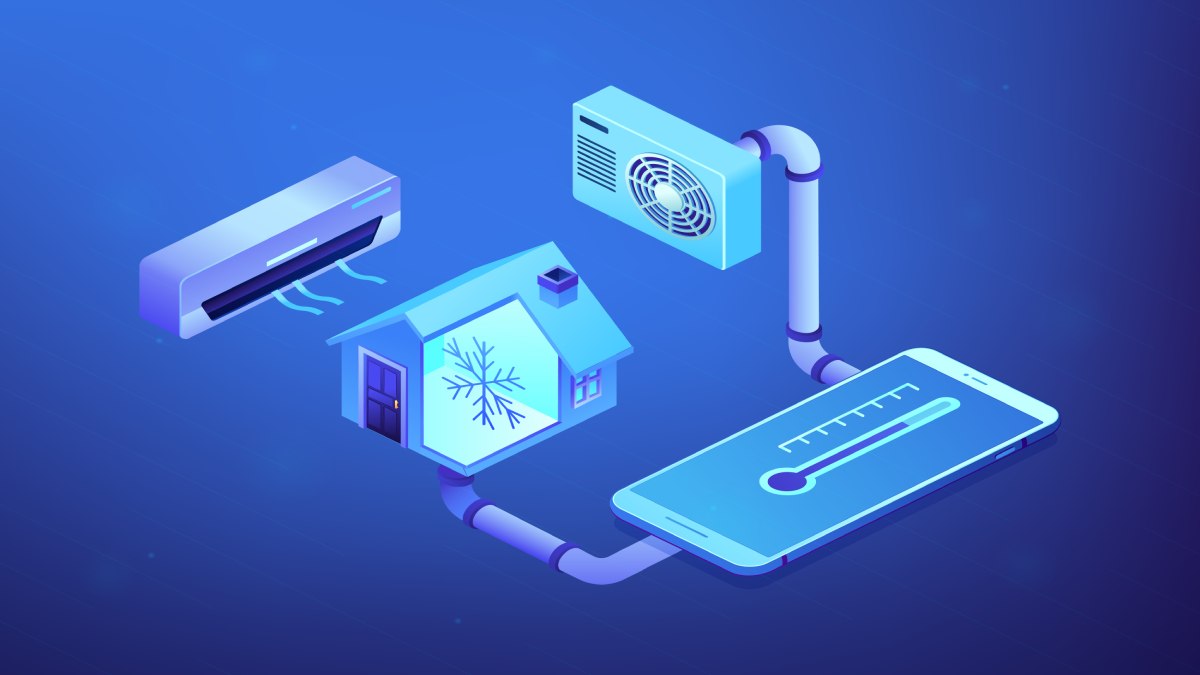Published:

by Dr Hassam Chaudhry
The term “Smart Cities” is not a buzzword anymore. It is so much more than just something for every country to boast about. A report by Research and Markets states that the global smart cities market size is expected to reach $820.7bn by 2025, at a CAGR of 14.8%.
In fact, according to UN-Habitat, around three million people move to cities each week, and it is estimated that, by 2050, nearly two-thirds of the world's population will reside in cities. This rapid urban growth demands a sophisticated and connected infrastructure that smart cities can fulfil.
But the fabric of a smart city is dependent on many factors, one of the biggest one being sustainability.
If the world continues on its booming growth path, with cities growing and urban developments becoming more and more prominent, considering sustainability as an afterthought, we are all collectively headed towards a disaster.
While there are many factors related to making cities ‘smart' and ‘sustainable,' one of the biggest energy users in residential and commercial properties are the HVAC systems.
Heating, ventilation, and air conditioning (cooling) are significantly responsible for promoting the energy efficiency of buildings as the building sector consumes the largest percentage of global energy.
HVAC in Smart Cities
According to the World Economic Forum (WEF), buildings are responsible for 40% of global energy consumption and 33% of greenhouse gas emissions. Buildings are a critical piece of our shift to a lower-carbon future. They are where we live, rest, and work – and they are responsible for major global energy consumption and about one-third of global greenhouse gas emissions.
Smart HVAC systems can significantly reduce carbon emissions and energy consumption. Additionally, these systems can be key in reducing costs and building an efficient system by reducing the workload on the personnel.
Technologies such as the Internet of Things (IoT) are transforming the world, and its usage in IoT is key in achieving better energy consumption levels.
For example, one of the ways is by ensuring the correct deployment of preventative maintenance. Instead of reactive maintenance, by connecting IoT sensors, HVAC contractors can take a more condition-based approach to preventive maintenance.
The sensors collect real-time data from HVAC systems and direct it to a cloud-based platform for suppliers to access and assess.
When an issue is detected, such as a drop in efficiency, excessive power consumption, or excess vibration, technicians can look at the readings and diagnose the problem remotely.
IoT-controlled HVAC systems can also improve energy efficiency by providing access to real-time data and monitoring usage trends.
Sensors also play an important role in HVAC; for example, strategically-placed thermal sensors can accurately detect temperature differences in every area of a building. A less crowded area can get cold faster as compared to areas that receive more footfall.
Smart HVAC systems can process this data to adjust temperatures automatically and significantly reduce energy consumption.
On the other hand, occupancy sensors can either switch cooling and heating systems off and on depending on the occupancy.
Occupancy sensors can also detect presence through movement collect the data, which can then be used to make temperature adjustments based on real-time utilisation, saving more money on energy consumption.
Smart HVAC systems are distinguishable from legacy HVAC systems as they are highly customisable. From being able to set the temperature, fan speed, heating, and humidity to doing all of this remotely, consumers can control the energy consumption in their homes and workspaces.
Additionally, the combination of smart HVAC with machine learning helps the system to learn and adapt to user
Smart cities are not only the ones that cater to the comfort of its residents; they must also actively contribute to environmental challenges and build a case for themselves in the growth of society.
Legacy systems can be dangerous, and the inclusion of technologically advanced systems will prove significant in building a cleaner and sustainable society.
There is no doubt that, by optimising energy consumption, smart HVAC makes our facilities more sustainable. Automation of HVAC is a significant first step in the green transformation of buildings.
However, technology and automation must be used with a significant amount of testing. As with any smart device, smart HVAC systems also come with their share of potential threats. Anything that is connected to the cloud or internet has the ability to get hacked.
Therefore, cyber-security and regular sanity checks on all connected devices are extremely important to safeguard sensitive information and security. Thus, advancements in technology must be paired with the security of those using them.
Dr Hassam Chaudhry is the director of Studies for Architectural Engineering at Heriot-Watt University Dubai